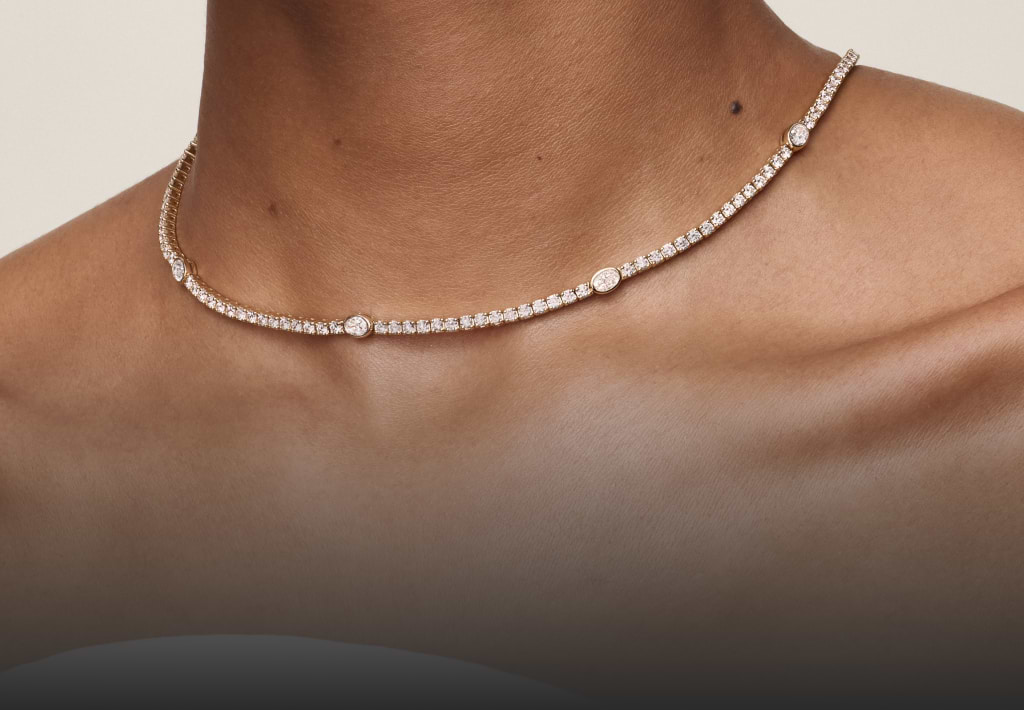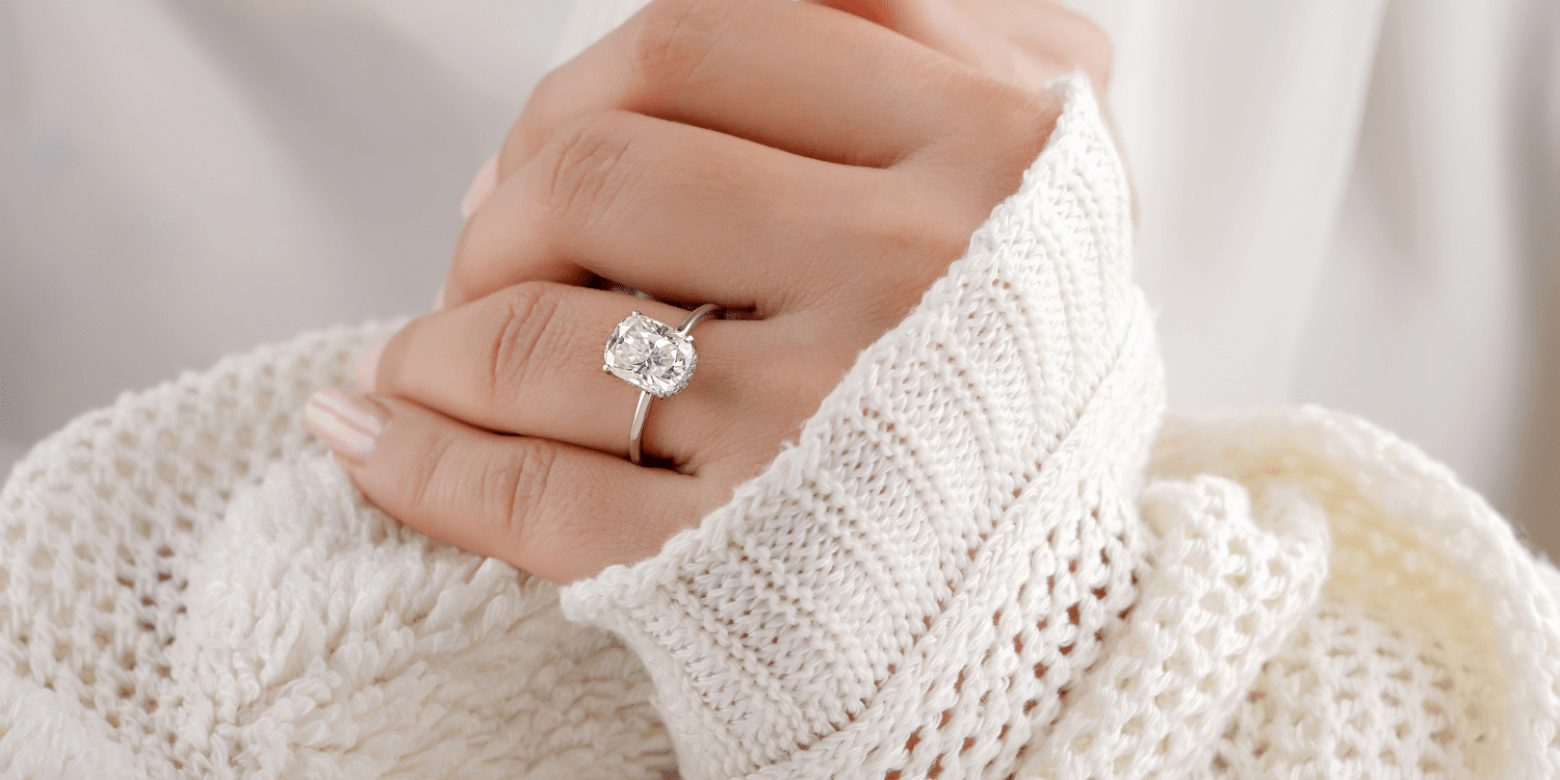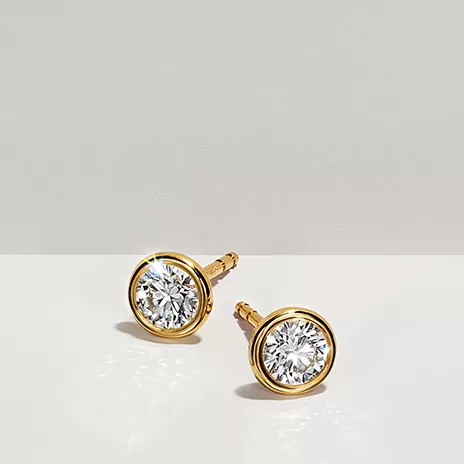The world of man-made diamonds has evolved significantly over the past few years, and as a result, consumers have more options than ever when it comes to choosing the best quality diamonds. Two of the most prominent organizations in the field of diamond grading are the Gemological Institute of America (GIA) and the International Gemological Institute (IGI). Both institutions are well-respected, but when it comes to “GIA vs IGI” in the context of man-made diamonds, there are several differences worth considering.
Table of Contents
ToggleWhat is GIA’s Role in Man-Made Diamonds?
The Gemological Institute of America (GIA) is widely regarded as one of the most trusted names in the diamond industry. Known for its strict and detailed grading system, GIA has been at the forefront of gemological education and research for decades. When it comes to man-made diamonds, GIA applies the same rigorous standards to lab-grown diamonds as it does for natural diamonds.
In the debate of “GIA vs IGI,” GIA’s grading system is considered more conservative. It assesses diamonds based on the Four Cs—cut, color, clarity, and carat weight—along with an evaluation of the diamond’s overall appearance and craftsmanship. GIA’s grading reports are detailed and objective, and the institution’s reputation for providing accurate assessments adds credibility to the lab-grown diamonds they certify.
The IGI Grading System for Man-Made Diamonds
The International Gemological Institute (IGI) is another leading organization that provides diamond grading services. IGI’s grading system is similar to GIA’s, as it also evaluates diamonds based on the Four Cs. However, IGI is generally considered to be more lenient in its grading criteria compared to GIA.
For consumers deciding between “GIA vs IGI,” IGI may appear more appealing due to its faster grading processes and more accessible pricing for diamond certifications. However, it’s important to note that some experts believe that IGI’s more relaxed grading standards could result in higher-rated diamonds that may not always reflect the true quality of the stone. Despite these concerns, IGI remains a popular choice for consumers interested in purchasing man-made diamonds due to its global recognition and reputation in the industry.
Differences in Grading Approach: GIA vs IGI
When comparing the grading approaches of GIA and IGI in the context of man-made diamonds, the differences are clear. GIA takes a more cautious approach, which means it may grade a diamond more conservatively. This conservatism often translates to a higher degree of accuracy and a more trustworthy evaluation. On the other hand, IGI tends to be less stringent, which can sometimes lead to diamonds being graded more favorably.
For example, GIA may rate a lab-grown diamond’s clarity as VS1 (Very Slightly Included) where IGI might rate the same diamond as VVS1 (Very, Very Slightly Included). While this might seem insignificant, it could have a considerable impact on the value and desirability of the diamond. Therefore, when comparing “GIA vs IGI” certifications, it is essential to understand these grading differences and how they could affect your purchase.
The Value of GIA vs IGI in the Man-Made Diamond Market
The value of a diamond is not only determined by its quality but also by its certification. In the man-made diamond market, GIA is often viewed as the more prestigious and reliable certification. Diamonds graded by GIA tend to command higher prices because of the organization’s stringent grading standards and long-standing reputation for accuracy.
On the other hand, IGI certifications can also offer a level of trustworthiness, but the value of IGI-graded diamonds may not be as high as GIA-graded diamonds. However, for buyers looking for a more affordable option, IGI can provide competitive pricing for diamonds with certifications that are still respected in the industry.
Why Man-Made Diamonds Are Gaining Popularity
Man-made diamonds, also known as lab-grown diamonds, have become increasingly popular in recent years due to their ethical sourcing and sustainability. Unlike natural diamonds, which require extensive mining and can have significant environmental impacts, man-made diamonds are produced in controlled environments using high-pressure, high-temperature (HPHT) or chemical vapor deposition (CVD) methods.
As consumers become more conscious of their purchasing decisions, many are opting for man-made diamonds because they offer the same beauty and durability as mined diamonds at a more affordable price. This surge in demand for man made diamonds has made certification from organizations like GIA and IGI even more important, as buyers want to ensure the authenticity and quality of the stones they purchase.
Final Thoughts: GIA vs IGI in Man-Made Diamonds
In the comparison of “GIA vs IGI” for man-made diamonds, both organizations have their merits. GIA is recognized for its detailed, conservative grading system that many consumers trust, particularly those who prioritize accuracy and long-term value. IGI, on the other hand, offers a more approachable and cost-effective grading option for those who are comfortable with slightly more relaxed standards.
Ultimately, the choice between GIA and IGI for man-made diamonds depends on the buyer’s priorities, whether they value the highest level of accuracy and precision in grading or are more focused on finding a more affordable option. Regardless of the grading institution, both GIA and IGI provide valuable insights into the quality and authenticity of man-made diamonds, helping consumers make informed decisions in an increasingly competitive market.






